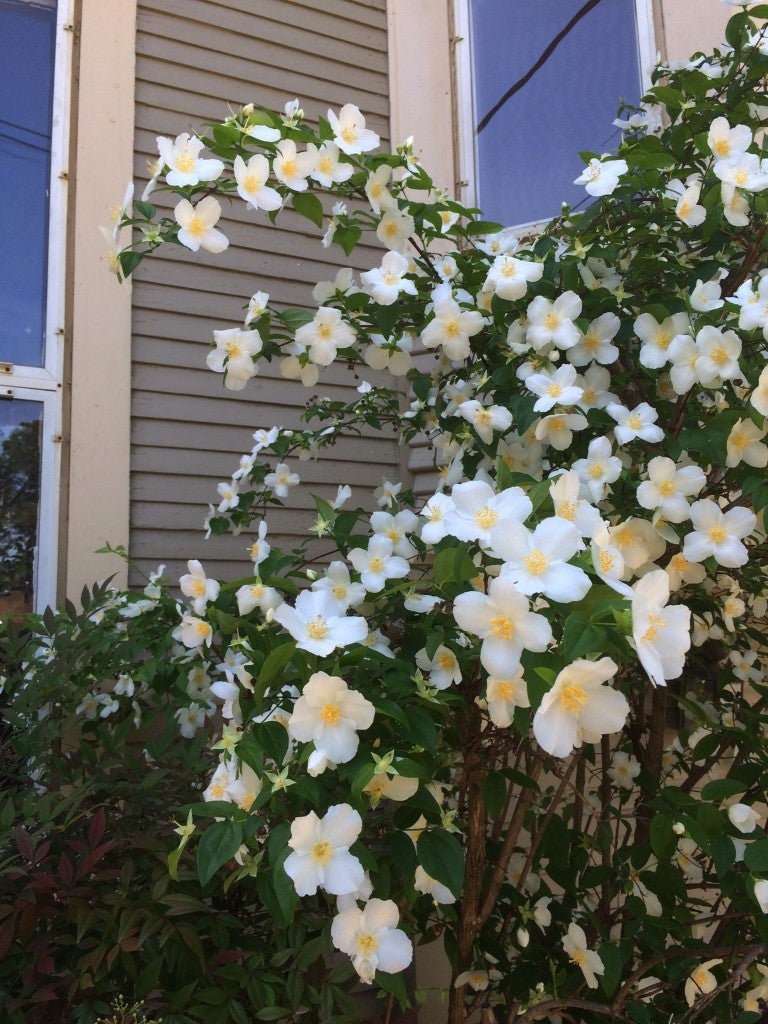Bamboo, Part 1: Runners and Clumpers
Published 6:30 pm Friday, June 30, 2023

- Mary Helen Ferguson
|
Getting your Trinity Audio player ready...
|
Bamboo provokes strong feelings sometimes. Where it’s well-established, getting rid of it is a challenge. It’s been the basis of more than a few neighbor disputes.
On the other hand, bamboo is useful for many purposes. Some people like it for the evergreen hedge that it provides or for ornamental qualities of certain species. It’s useful for fishing poles and teepees for pole beans. You may have seen bamboo floorboards or window blinds.
Bamboos are grasses. There are many species. We generally divide them into running and clumping types. Both spread by rhizomes (underground stems) but differ with respect to how much rhizomes elongate before sending up new stems (culms).
Most clumping bamboos are not cold hardy enough for Louisiana. On the other hand, some species in the Fargesia genus are grown north of us but are not expected to fare well under our hot, humid conditions. In the goldilocks zone are some species in the Bambusa genus that are suited to some parts of Louisiana. Bambusa multiplex and its cultivars are probably the most common examples. Bambusa multiplex can survive temperatures down to the mid-teens, though leaves may be damaged in the mid-twenties.
River cane (Arundinaria gigantea; also called giant cane and American bamboo), which is native to the southeastern US, is a running bamboo. It forms colonies called canebrakes. The closely related switch cane (Arundinaria tecta), also native, can be found in the Florida Parishes.
Among other running bamboo species are golden bamboo (Phyllostachys aurea) and black bamboo (Phyllostachys nigra), which are sometimes grown for their ornamental characteristics.
Running bamboos can be managed by mowing regularly around the planting during the growing season. Just after shoots emerge from the ground, they are easy to knock over or cut. Because shoots can come up many feet from the grove, maintaining a mowed buffer that extends at least 20 feet from the edge of the grove is highly recommended.
Other approaches that have been suggested for containing running bamboo include underground barriers and trenches.
Barriers, if strong enough, can redirect rhizomes. If they are angled with the top edge leaning away from the grove and monitored frequently, rhizomes can be cut as they start to grow up and over the barrier. Barriers should extend at least 2 feet underground. They will likely need to be replaced at some point.
Trenches approximately 1 to 2 feet deep and 1 foot across also provide a chance to see and cut rhizomes as they start to escape the designated area.
Note that all these containment approaches – mowing, barriers, and trenching – require ongoing attention. Problems may arise if the person who mows regularly or monitors the barrier or trench is no longer able to do so, if the property changes hands, or – the situation that probably causes the most problems – when it’s planted along a property line.
While a well-maintained barrier or trench can potentially prevent bamboo from encroaching onto a neighbor’s property, if it’s planted too close to the property line, running bamboo will not be contained by mowing the property on which it’s planted.
Neighbors may be unhappy to find bamboo shoots coming up on their side of the property line.
Even if they mow the area at the time bamboo is planted, they may not appreciate being put in a position in which they have to continue mowing to prevent bamboo from encroaching.
Next week’s article will focus on what may be of interest to more people: how to get rid of it.
Let me know if you have questions.
Dr. Mary Helen Ferguson is an Extension Agent with the LSU AgCenter, with horticulture responsibilities in Washington and Tangipahoa Parishes. Contact Mary Helen at mhferguson@agcenter.lsu.edu or 985-277-1850 (Hammond) or 985-839-7855 (Franklinton).



